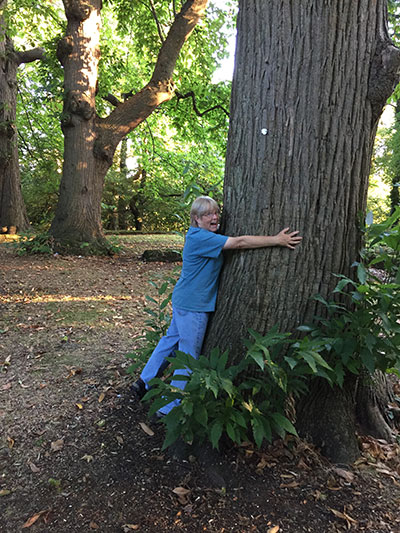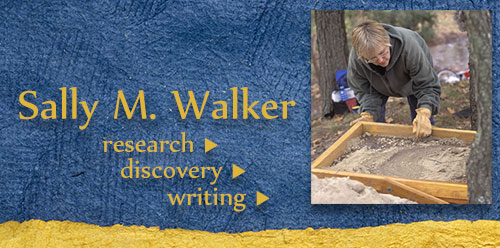About Sally
Books have always occupied a central place in my life. When I was in fifth grade, my report card contained a note of concern from my teacher: “Sally often daydreams during school.” My most frequent daydreams? Thinking about the unfinished book that I was reading at home, or imagining that I was the author of the kinds of books I liked reading. After questioning me—to make sure that I knew what was going on in class—my parents chose to let me daydream in peace.
There are few things I dislike more than clothes shopping. When I was a child, “outfitting” me for a new school year—dresses (no pants for girls in those days!); shoes; socks—would have tried the patience of a saint. My mother stoically endured my shopping temper tantrums. However, once I became a reader, she had the perfect “carrot” to keep me in line: if I behaved while we shopped for clothes, she would buy me the latest Nancy Drew mystery or Walter Farley’s Black Stallion book. Worked like a charm; in fact, I still have and treasure all of them!
Although I never kept a journal, I often wrote stories for fun and gave them to my family as presents. Each summer, my sister, a friend, and I wrote a weekly neighborhood newspaper that contained neighborhood news, jokes, and short stories. The income from this literary venture was enough to keep us supplied with the latest issues of Superman, Archie, and Richie Rich comics.
The public library was one of my regular haunts. We went at least once a week during the school year. In the summer, we were free to go as often as we liked. Horse, dog, and mystery books were my fiction of choice. But I also liked browsing nonfiction books, particularly history and science.
My father was an amazing nonfiction storyteller. On summer evenings, the neighborhood children would gather in our backyard to hear his true tales of the Indians and colonial settlers who had lived in our town long ago. I often sought out additional information about the people and events featured in my father’s stories in the library’s archives and microfilm collection. My book The 18 Penny Goose has its roots there.
Because my parents valued learning and exploring, they encouraged me to ask questions and seek answers. And also to recognize the “story” in everything I discovered. I love doing research, because research is all about “story.” In fact, finding the story is a lot like…daydreaming! Back in elementary school, when my parents allowed me the freedom to daydream, it laid the foundation for an important part of my creative process. To write Fossil Fish Found Alive, the story of a mysterious fish called the coelacanth, I daydreamed about peering into deep sea caves. When I wrote Secrets of a Civil War Submarine, daydreaming let me join the crew inside a cold, wet submarine. Daydreams allowed me to jubilate with them when they successfully completed their mission, and to cry when they died in the dark, airless submarine shortly afterward.
Parents often ask what they can give a child who wants to be a writer. The first thing is a library card. Paper and pens are another. But time is the most valuable gift that anyone can give to a budding writer. Time to wander, time to learn, time to read, and above all, time to dream.


